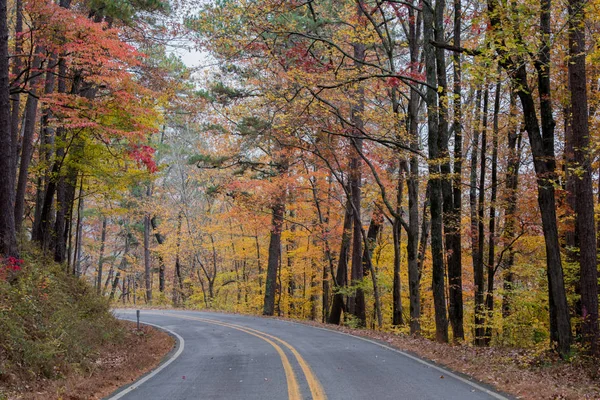
Whether it’s the allure of pumpkin pie or the delight in seeing loved ones, Thanksgiving travel is about to hit record highs-and with nearly 80 million Americans projected to journey 50 miles or more this holiday week, knowing the weather ahead may be the difference between smooth sailing and a travel disruptions.
The Old Farmer’s Almanac, trusted since 1792, has issued its long-range forecast for November 27, 2025, providing a detailed breakdown for all 18 U.S. regions. Using a blend of solar science, climatology, and meteorology, the Almanac boasts an average 80% accuracy rate-though modern studies indicate a more humble 52%-which makes it a beloved and sometimes debated tool for planning.
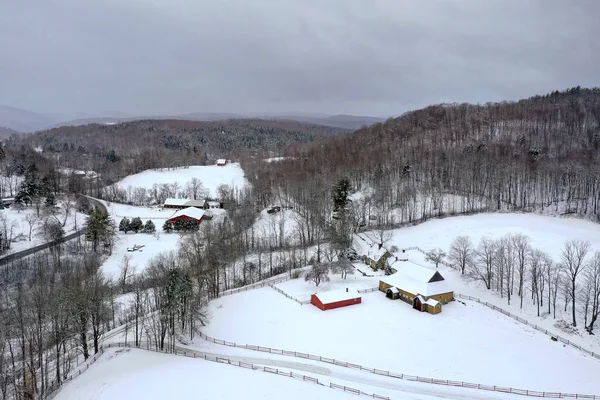
1. Northeast
Thanksgiving in New England will be a bit chilly, with crisp sunshine dominating the day. Light snowflakes may sprinkle through the north, giving parades and morning strolls a wintry touch. Drivers should remain vigilant for scattered slick spots on higher elevations but otherwise, travel conditions look very good.

2. Atlantic Corridor
Temperatures will drop from morning to afternoon under clear, dry skies from Massachusetts’ southern coast to the eastern shores of Virginia. This stretch is set for smooth travel, perfect for coastal gatherings or backyard football.

3. Appalachians
Sunny skies are over the Appalachians from central New York to western North Carolina. Colder air than average dominates the north and warmer air than average, great for hiking or fireside celebrations, dominates the south.
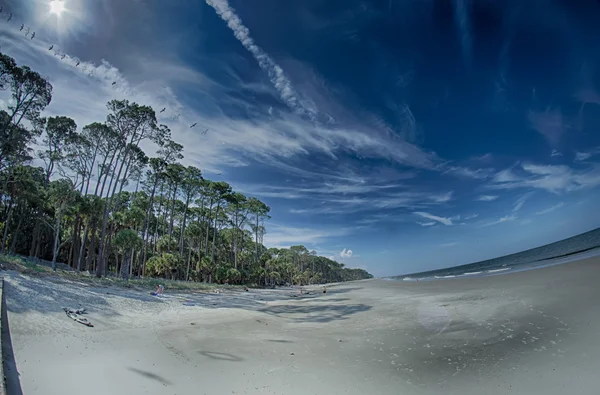
4. Southeast
Mild, sunny weather will grace the Carolinas and Georgia. Without rain and at comfortable temperatures, outdoor meals and tailgating are on the table without a second thought.

5. Florida
A cooler-than-usual start yields to mild comfort. Sunshine abounds, making beach strolls and I-95 travel a breeze.

6. Lower Lakes
From Illinois to western New York, including Michigan, the Lower Lakes region will be warm and sunny, with no precipitation. This is excellent for long drives or walks in cities.

7. Ohio Valley
Chilly early in the week, temperatures rise by Thanksgiving. A few showers may pass through midweek, but nothing strong enough to disrupt travel plans.

8. Deep South
Alabama, Arkansas, Louisiana, Mississippi, and Tennessee can expect to see warmer-than-average temperatures and sunny skies, ideal for outdoor cooking or hitting the road.
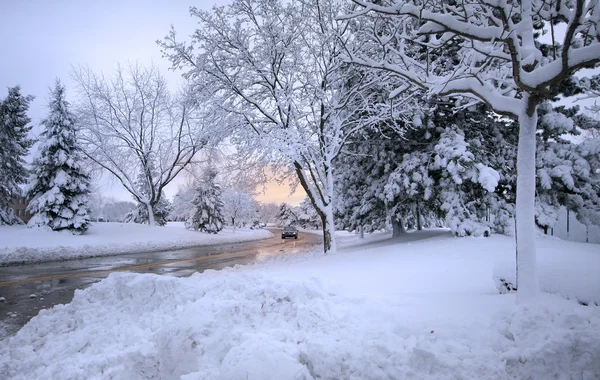
9. Upper Midwest
From the Dakotas to Michigan’s Upper Peninsula: mainly light conditions, but brief snow flurries can slick roads. Travelers need to beware of sudden dips in visibility.

10. Heartland
Warm and wet with scattered showers across Iowa through southern California. Keeping your plans as flexible as possible will help dodge any damp patches.

11. Texas/Oklahoma
Texas will see periods of warmth with occasional showers, while Oklahoma stays dry, offering both good travel windows.
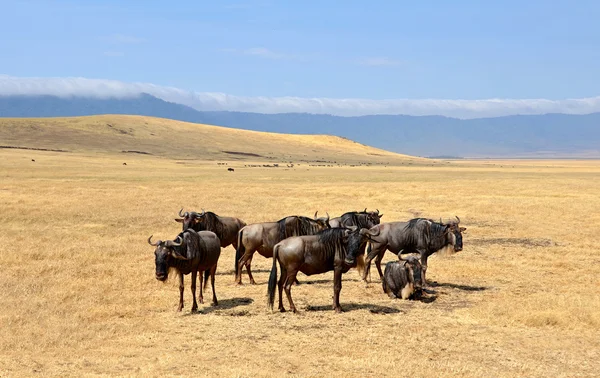
12. High Plains
Cool and dry in Montana, Wyoming, and western Plains – great weather to be driving. Bundle up against the chill.

13. Intermountain
Rain and snow mix with below-normal temperatures from eastern Washington into northern Arizona. Mountain passes may see travel delays, so leave extra time.

14. Desert Southwest
Mostly warm and dry, with just a few isolated showers. Outdoor gatherings should go on without major interruptions.

15. Pacific Northwest
Western Washington and Oregon can expect rainy and cool conditions, at times with reduced visibility. Travelers should plan for wet road conditions and slower commutes.

16. Pacific Southwest
California will be experiencing steady showers with cooler temperatures. Wet conditions may require patience both on the highways and in airport transfers.
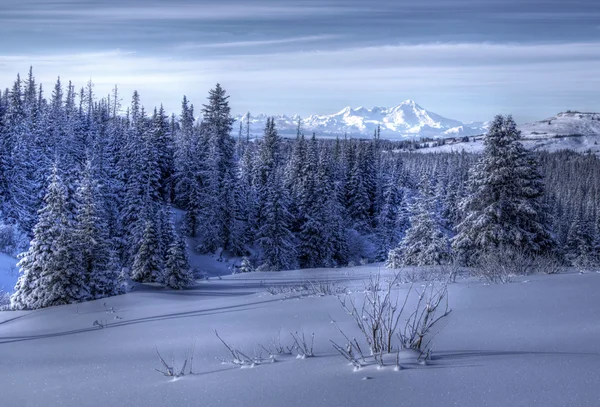
17. Alaska
Snow showers and cold air will settle in to make for a tricky commute. Reduced visibility along with slick roads are likely; check local advisories before heading out.

18. Hawaii
Cooler than the average with short rain showers. Most of the islands should see clear skies for beachside feasts after quickly passing showers. With AAA projecting 71.7 million drivers and 5.84 million flyers this Thanksgiving, even minor shifts in weather can ripple through travel plans. While the Almanac’s forecasts are long-range and best used to plan broadly, checking local short-term updates closer to the holiday will ensure safer, smoother journeys.


